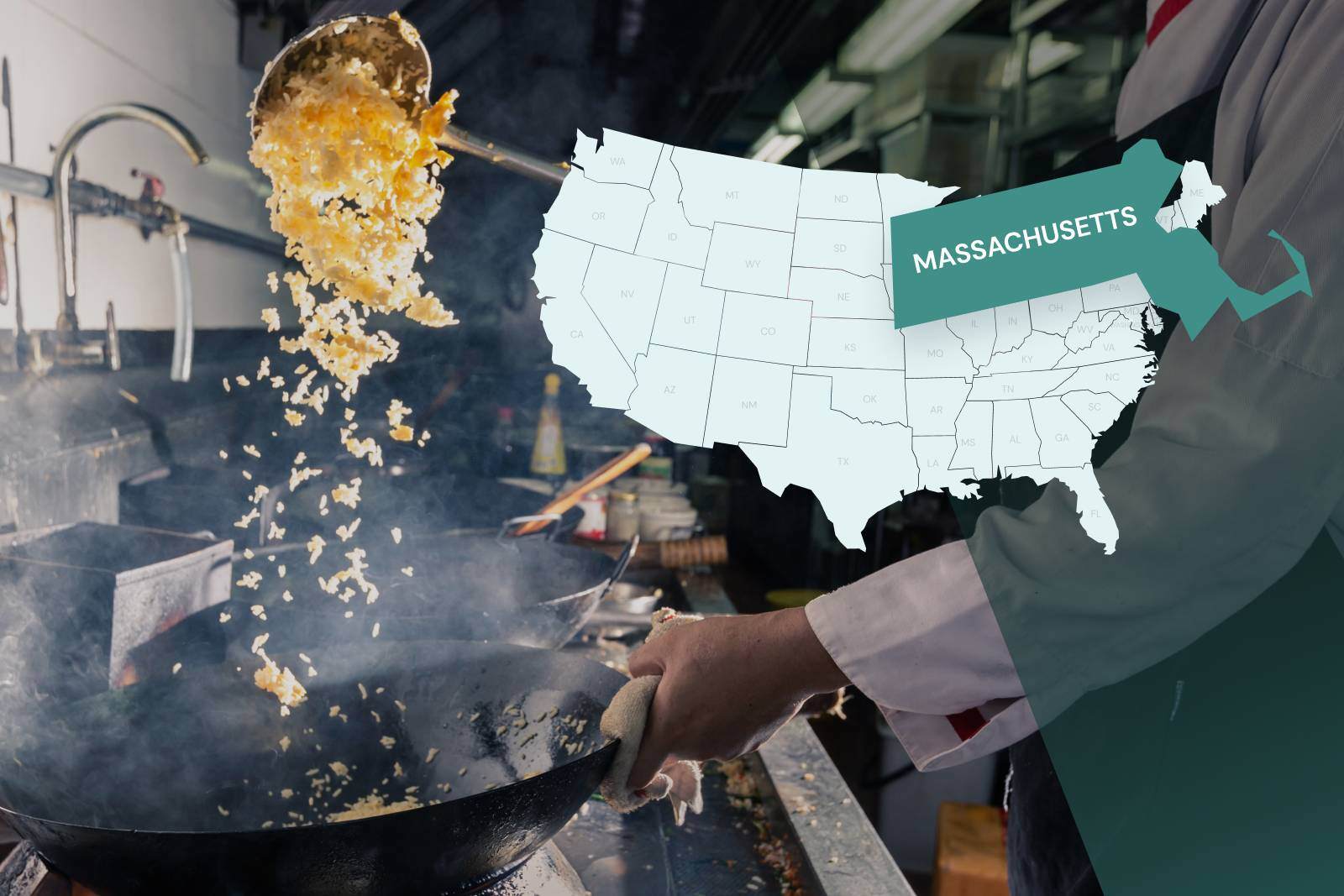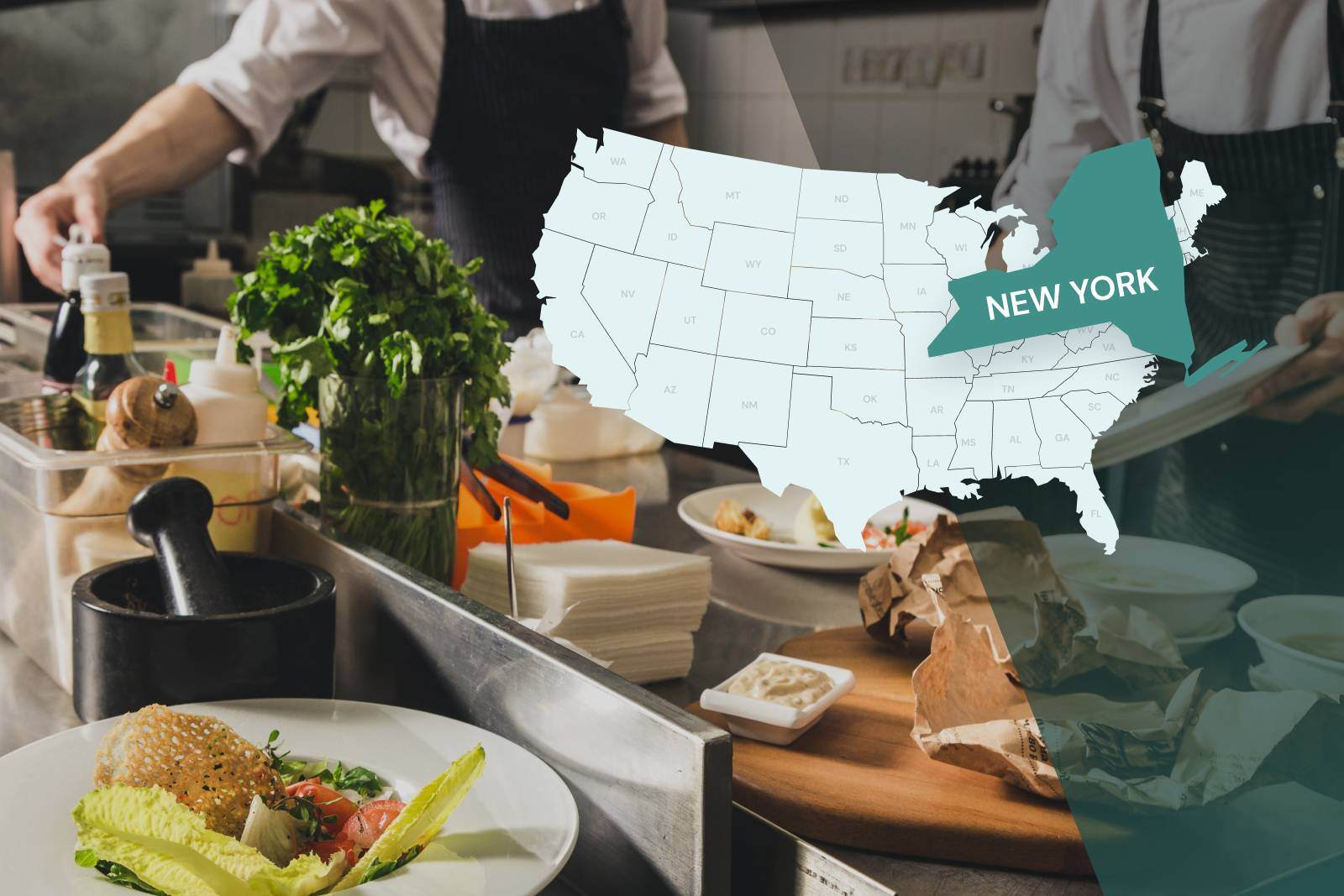People with food allergies must make careful calculations when eating outside their homes. Will the restaurant take their allergy seriously? Did they remember their EpiPen? One mistake can mean a night spent in the emergency room for observation–and unfortunately, food allergies are on the rise.
According to Food Allergy Research and Education, 33 million Americans live with food allergies–making it highly likely that foodservice workers will encounter someone with a food allergy or intolerance multiple times in just one shift.1
It’s the responsibility of every foodservice establishment to do everything in their power to make the dining experience safe and welcoming. Part of that means getting into the habit of reading food labels to identify potential allergens and offering customers allergy-safe menu options.
Here’s what you need to know about how allergen information appears on food labels and how you can equip your team to read food labels to prevent allergic reactions.
Importance of reading food labels
The risks of cross-contamination
How you can train and prepare your staff
Understanding food allergies
The FDA recognizes nine major food allergens: peanuts, tree nuts, milk, eggs, soy, wheat, fish, shellfish, and sesame.2 There is no cure for food allergies, and reactions to an allergen can vary from mild–swelling or hives–to severe, including anaphylaxis, which can lead to death.
The difference between a food allergy, intolerance, and preference
Food allergies are life-long and may be severe, while intolerances generally lead to uncomfortable but non-fatal digestive discomfort and other unpleasant symptoms. While preferences are choices made by customers, they are often closely aligned with personal beliefs like religion (kosher, halal), personal values (vegan, vegetarian, pescetarian), or even professional goals (a keto or paleo bodybuilder, for example).
Foodservice establishments should take all allergies, intolerances, and preferences seriously and accommodate them to the best of their ability. The consequences of not taking a request seriously and having it result in an allergic reaction are not worth it.
Hidden allergens
Under U.S. law, food labels are only required to cover the major allergens, so consumers need to know how to look for “hidden” allergens to avoid a reaction. Some allergens can be present in unexpected forms or with different names, such as casein (milk protein) or albumin (egg protein).
There are also issues with similar proteins that can cause a reaction. For example, the FDA defines “milk” as cow’s milk, but the proteins in cow’s milk are similar to the milk of other species, including sheep or goats.
Careful reading is necessary to prevent allergic reactions from consumers and kitchen staff (find a more comprehensive chart listing major allergens and their hiding places here).
Importance of reading food labels
The first step is to check the ingredient list on any food label for any of the nine most common food allergens. Food labels are required to list allergens in one of two formats: either in parentheses after the name of the ingredient or right next to the list of ingredients in a “contains” statement. This would either look like “flour (wheat)” or “contains wheat.”
The statements “may contain [allergen]” or “produced in a facility that also uses [allergen]” are not required, but may be present to help consumers and kitchens avoid items that might be cross-contaminated. While this might not affect someone with mild food allergies, it could be devastating for someone with severe sensitivities.
The risks of cross-contamination and more
To reduce the risk of allergic reactions, including cross-contamination, your staff needs to fully understand both what’s legally required of them and how they can go above and beyond to build a safe environment for food allergy sufferers to dine out.
What staff needs to know and do in the event of an allergic reaction
The most recent FDA Food Code requires managers or whoever is in charge onsite to demonstrate knowledge of the major food allergens, which foods can be identified to contain those allergens, and the symptoms present if someone experiences an allergic reaction.3 Managers are also responsible for ensuring staff is properly trained in food safety as it relates to their specific jobs, including food allergy awareness.
If someone does have an allergic reaction onsite, preparing your team ahead of time with a plan of action and practicing it through drills will help them feel confident and ready to act. Staff should know when to call emergency services, how to clear a path, and how to keep everyone as calm as possible until help arrives.
How to prevent allergic reactions
A staff well-trained in reading food labels for allergens should be able to prevent allergic reactions from happening in the first place. Train them to start by finding the list of ingredients on the original packaging of any prepared food items–and remember that labels are subject to change, so they need to be reviewed each time a new product order arrives, even if it’s an ingredient that’s in regular rotation in the kitchen.
Ingredients are typically listed in descending order by weight, meaning the most prominent ingredients are listed first. Allergens are often indicated in bold, UPPERCASE, or highlighted to draw attention. Staff should also be familiar with the alternate or “hidden” names of allergens to be avoided, as well as checking to see if food “may contain [allergen]” or has also been “processed on equipment that processes [allergen]”.
Be sure that you’re doing everything possible to prevent cross-contamination and cross-contact in your own kitchen as well. Establish a separate allergen-safe area for food prep and introduce plate stickers to identify allergen-safe dishes, along with training staff in how to communicate about allergies from the table to the line and back again.
There is technology that can help, including several apps, but always double-check labels to ensure safety since no technology is ever 100% reliable. Another option is a system like Meez, which includes the ability to automate nutrition labels and allergen tagging, taking some of the headache out of the process.
Always remember that it’s better to be overly cautious and take everyone’s requests seriously, even if a customer’s order revolves around a preference and not an actual allergy.
How you can prepare your staff
Maintaining an allergy-safe kitchen will keep your customers safe, and build their trust in your business so they come back again and again. There are a few ways you can make sure your team can use their understanding of food labels to help create an allergy-safe environment.
One strategy is to post signs that highlight where allergy notices may appear on common ingredients in your kitchen. You can also remind your team the importance of labeling ingredients after they have been taken out of their original packaging.
You can also help your staff feel prepared to help customers with food allergies by providing them with an accredited allergen awareness training. If your customers know your staff is well-trained, they're more likely to return to your establishment on a regular basis.
The Takeaway
Learning to read food labels is a vital part of preventing allergic reactions in your establishment, not to mention taking your kitchen from one that’s just “allergen aware” to somewhere people with food allergies actively want to eat.
Understanding food labels, knowing where allergens can hide, and how to react if someone has an allergic reaction will help protect everyone in your establishment–and make your business a trusted part of your local community.
Sources
1: Food Allergy Research and Education: Facts and Statistics






